Why you should visit the Wadden Sea National Park
Did you know that we have the largest mud flats in the world right here in Denmark?
We do.
The Wadden Sea National Park covers a huge area along the North Sea, and it’s the largest national park in Denmark.
For a really long time, I’ve talked about revisiting the area, so we recently took a trip there. Do you know why?
I wanted to try walking on the bottom of the ocean – without any diving gear. I mean, that’s a pretty unique experience and you can get it right here!
So, I’ve gathered all the tips from my trip, plus a lot of background info about the Wadden Sea. That way you can have a fun and exciting trip yourself.
Let’s dive in.
This post contains referral links for products I love. Adventurous Miriam earns a small commission at no extra cost to you if you purchase through my links. I appreciate your support ♡ Learn more
What is the Wadden Sea National Park?
The Wadden Sea is an area of very shallow sea waters that stretches from The Netherlands through Germany to Denmark.
The total National Park covers an area of 13,500 km², while the Danish part is 1,200 km².
The Wadden Sea is unique because twice a day at low tide, the water retreats. When that happens, you can walk or drive out and explore the seabed, pluck oysters, or watch seals.
During autumn and spring, you can also catch a glimpse of the super unique Black Sun phenomenon.
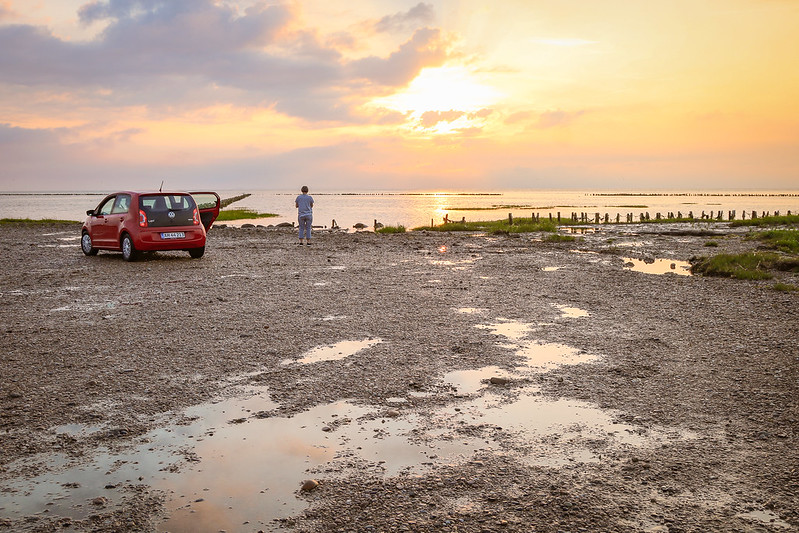

The Wadden Sea is a Danish UNESCO site
The Wadden Sea became a UNESCO site in 2009. The main reason for that is because it’s such a productive ecosystem.
Formed by storms back in the 14th century, it’s the largest coastal sand and mud flat area in the world.
The rich mud provides a home for worms, oysters, fish, shrimps, snails, and mussels. In turn, this becomes food for millions of migrating birds that pass through the Wadden Sea each season.
More than 10,000 animals and plants live in the mudflats, and it’s considered one of the 10 most important wetlands in the world.
Read next: Experience the 7 UNESCO sites in Denmark


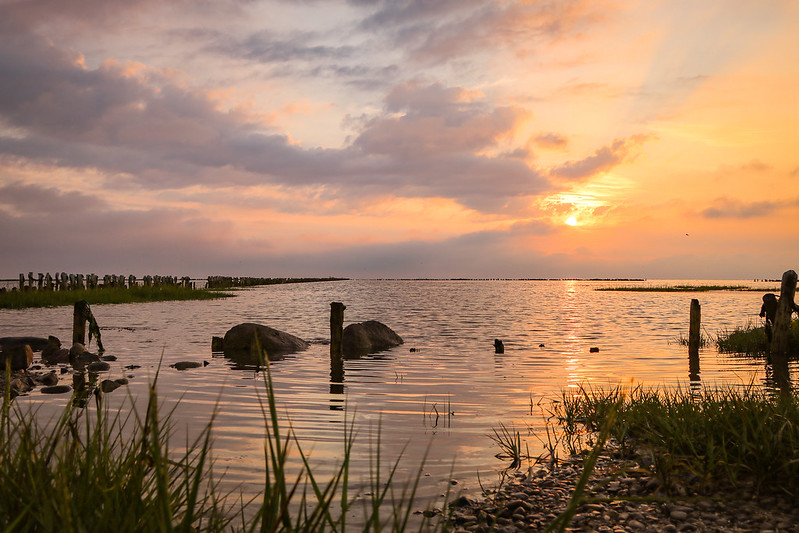
Things to do at the Wadden Sea
1. Experience The Black Sun (murmuration)
Birdwatching is probably the most popular thing to do at the Wadden Sea.
Especially in spring and autumn when millions of starlings make stops there and create one of the most impressive nature experiences in Denmark – murmuration.
We call it “Black Sun” because the birds collectively create enormous moving shapes that can block out the sun.
Even if you aren’t a bird person, it’s a really unique experience. If you’re in Denmark during this time, it’s worth checking out.
When to see the Black Sun:
- Autumn: August – End of October
- Spring: Mid-March – Mid April
- It lasts about 20 minutes during sunset
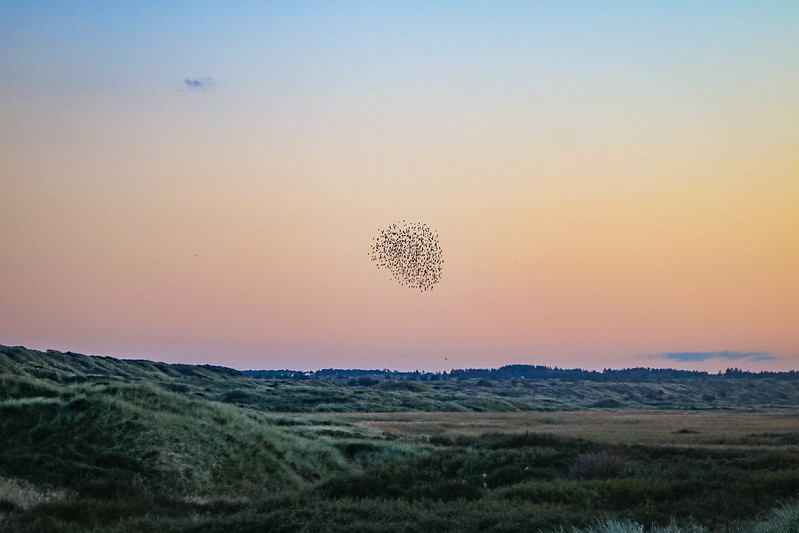
2. Spot wild seals
From early July to late October
Another animal experience is to spot seals.
The Wadden Sea has the largest population of harbor seals in Denmark.
They like to lounge in the sun, but you can also see tiny baby seals being born. This happens between the beginning of June and July.
If you join an organized tour, the boat will take you out to the seal banks at a respectful distance, but still close enough to take videos and photos.

3. Put on waders and go oyster hunting
From October to April – 4 hours duration.
Another fun thing to do at the Wadden Sea National Park is to pluck fresh oysters straight from the sea.
Fun fact: The oysters that live in the Danish Wadden Sea are an invasive species from Asia and, according to the National Park Vadehavet, it hurts other indigenous species living there.
So, by collecting and eating the oysters, you actually help maintain the indigenous nature in Denmark.
You’ve got several tour options, both from the mainland (Ribe) and the islands. On this tour, for instance, you just show up.
There are waders, buckets, and knives on board. Once you’ve picked oysters on the oyster banks, you go back on the boat where you can taste your fresh, self-plucked oysters with a glass of champagne.
As a bonus, you’ll also see seals.

5. Drive across the bottom of the sea to Mandø
The three Wadden Sea islands lie right next to each other: Rømø, Mandø and Fanø.
The islands all have the same feature: between the side facing the mainland and the coast is the tidal flat.
Mandø island is the most unique of the three because you can only get there during low tide.
The public road, Låningsvejen is raised above the seabed but is flooded twice every 24 hours by the tide.
You can drive there yourself or take one of the tractor buses that cross the Wadden Sea during summer.
Find out how to take the tractor-ride here.
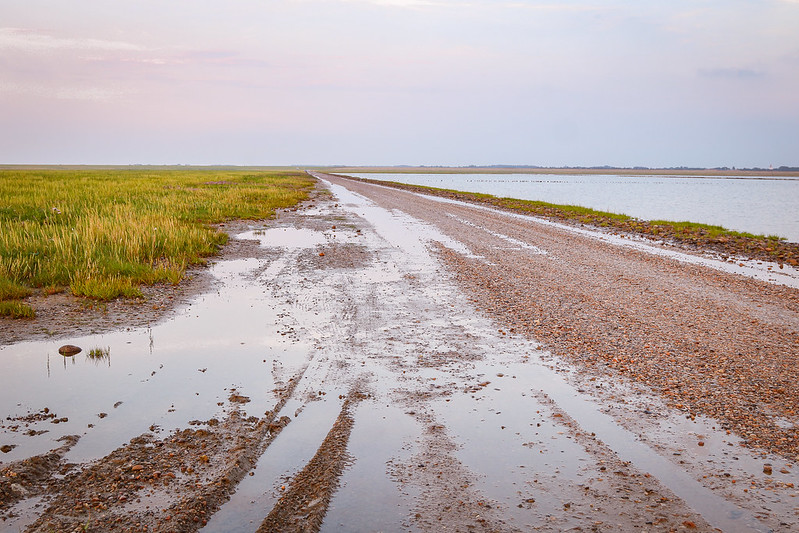
6. Rømø – visit the widest beach in Scandinavia
The other two Wadden Sea islands, Fanø and Rømø, are particularly popular during summer.
Rømø is famous for its exceptionally wide white beaches, which are up to 2km wide. In fact, it’s home to the widest beach in Scandinavia.
Rømø is also known for its oyster festival in October. Here, more than 30 renowned chefs cook up delicious dishes with oysters straight from the sea.
Read next: 12 best beaches in Denmark

Spend time in Ribe (dates back to the Viking Age)
I’ve already talked about how charming Ribe is.
But in case you missed it, Ribe is right next to the Wadden Sea and absolutely worth a visit.
Ribe has existed since the Viking Age. Some studies even suggest that the Viking Age started in Ribe. It’s the oldest town in Denmark and also in Scandinavia, and it has kept much of its charm.

Visit the Wadden Sea Centre (Vadehavscentret)
If you’d like more info about the Wadden Sea National Park, you should visit the Wadden Sea Centre (Vadehavscentret).
Here, you’ll find displays about the Wadden Sea, activities, and the Black Sun.
Where to stay along The Wadden Sea National Park
Unless you’re just passing through, you can spend the night at the Wadden Sea. Either on the mainland or on one of the islands.
We stayed in Ribe, which is super charming and historic. You can also go for Rømø or Fanø if you’re more interested in beaches and sheer relaxation.
Mainland: Go for a full eco experience and stay at Danhostel Ribe. You can walk directly from the hostel to the Wadden Sea National Park. Find prices here.
Island: Another option is to stay at one of the islands. I haven’t yet been to Fanø, but I really like Rømø and its beaches.
A popular and affordable choice there is Danhostel Rømø where you’ll get to stay in a historic Sea Commander’s house. They offer 100% organic breakfasts and a great location, just 1km from the beach and the Wadden Sea National Park. Find prices here.
FAQ – The Wadden Sea Denmark
What is special about the Wadden Sea?
The Wadden Sea stands out for being the biggest area of intertidal sand and mud flats around the globe, heavily important for countless species, especially migratory birds.
It stretches across the Netherlands, Germany, and Denmark, emphasizing its broad ecological significance.
What is the Wadden Sea in Danish?
In Danish, it’s known as “Vadehavet.”
What sea is between Denmark and the Netherlands?
The Wadden Sea itself forms the sea between Denmark and the Netherlands, underlining its international importance and shared responsibility for its protection.
How deep is the Wadden Sea?
The Wadden Sea is relatively shallow, but its depth can reach up to 150 feet (50 meters) in some areas. This variation in depth across different regions makes it an essential habitat for biodiversity and natural processes.
More posts about Denmark you might like
- Must-see: 25 best places to visit in Denmark
- Summer: Summer in Denmark: 25 amazing activities
- Winter: Winter in Denmark: 15 hygge cold-weather activities
- Beaches: 12 best beaches in Denmark
- Nature: 12 mind-blowing places for nature in Denmark
- Camping: Camping in Denmark for beginners
- Wild camping: The ultimate guide to wild camping in Denmark
- UNESCO sites: Experience the 7 UNESCO sites in Denmark
- Danish food: 20 amazing dishes you must try in Denmark
Save for later
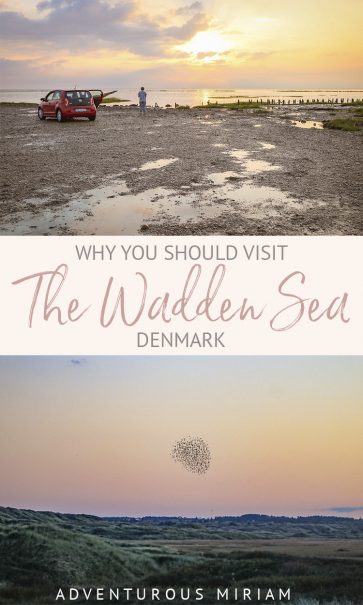
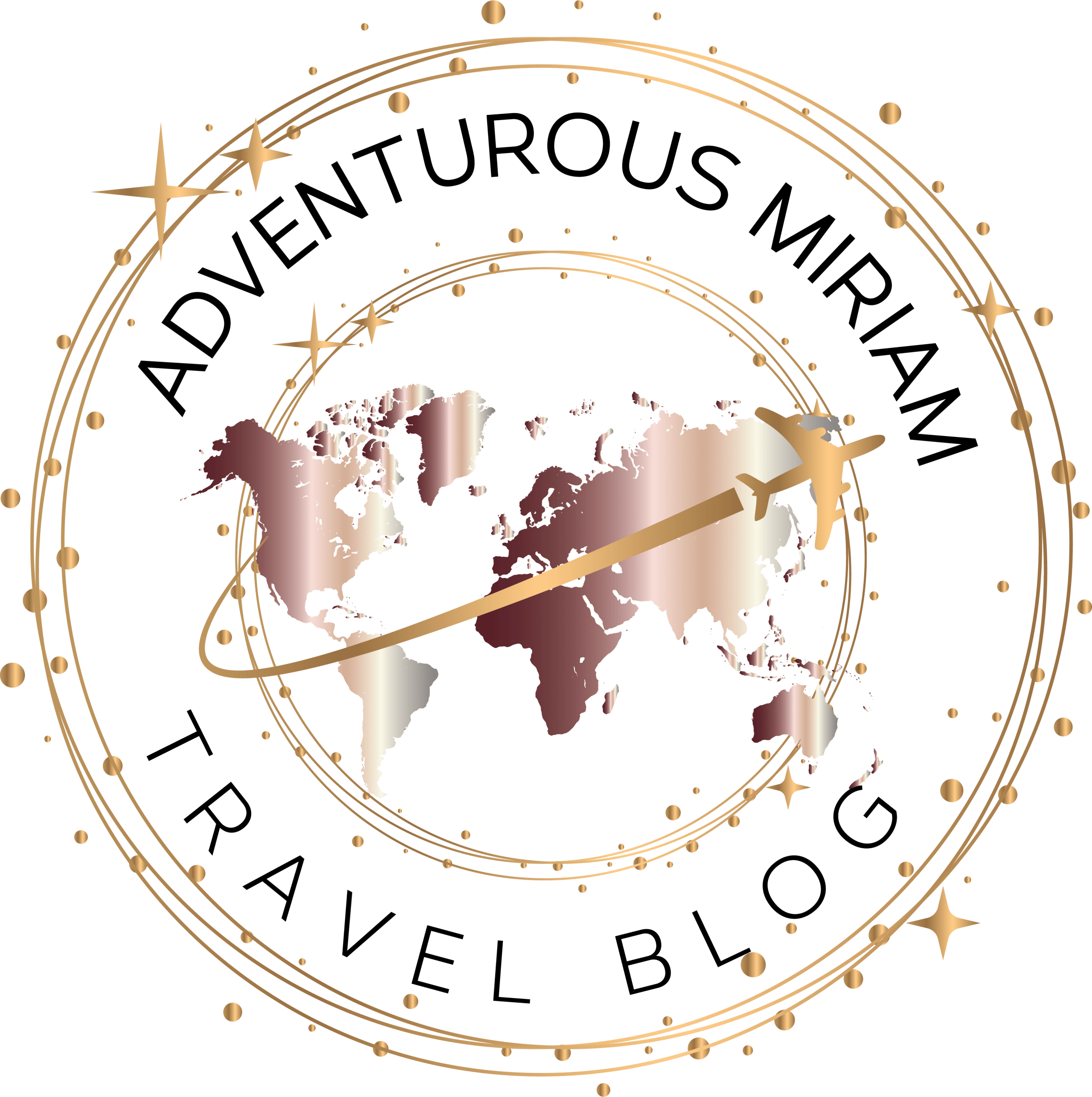

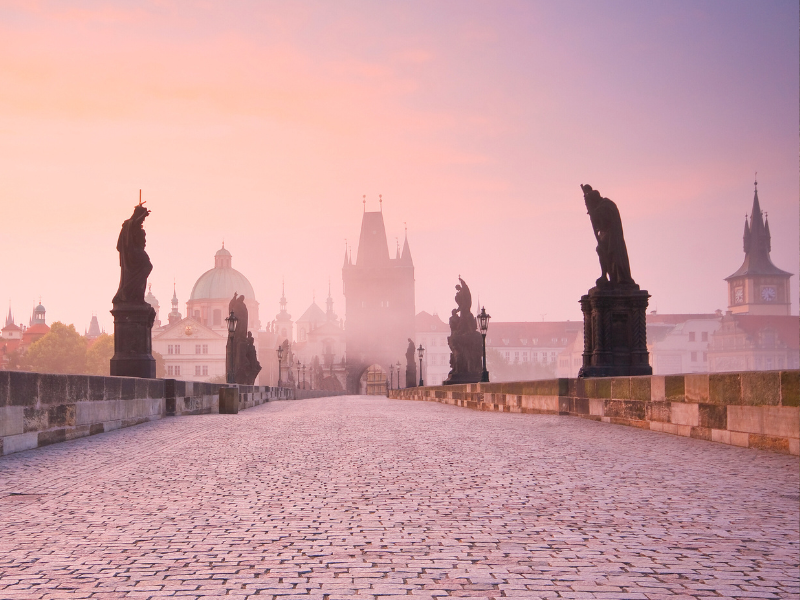
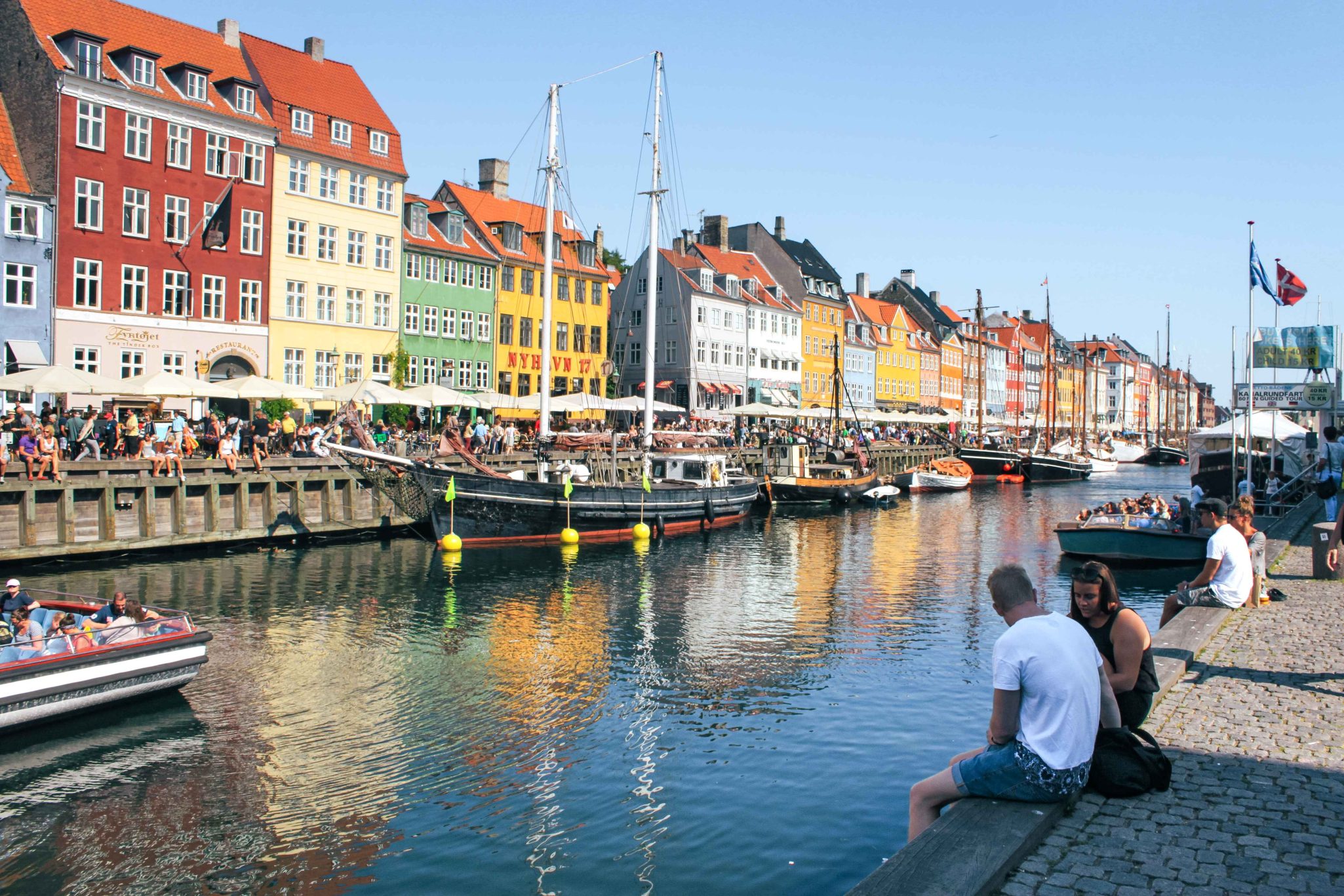
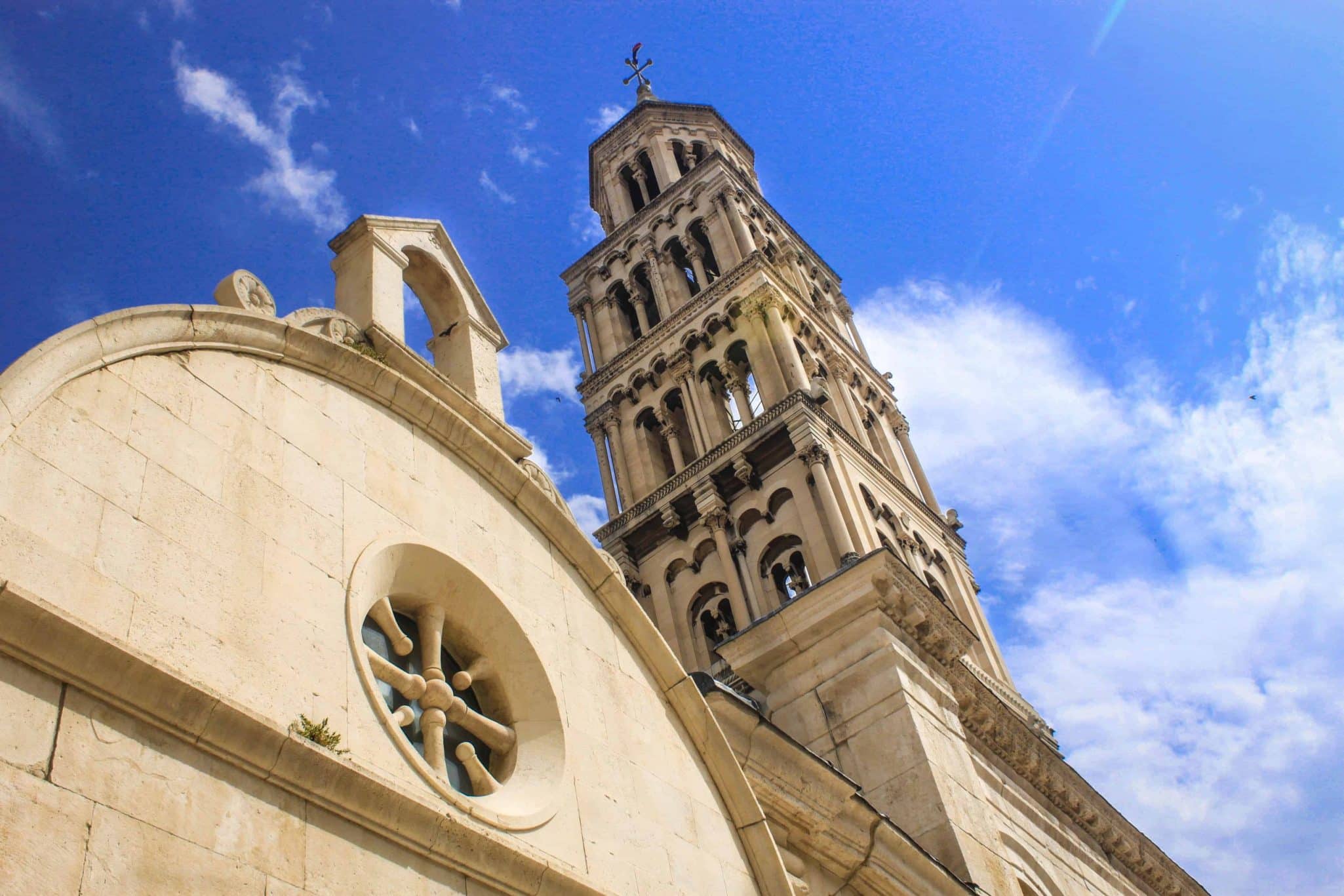


Is there any seaglass to be found? Looks beautiful
Good question, Debbie. I don’t know actually, but I haven’t seen any.
The Wadden Sea, spanning across the Netherlands, Germany, and Denmark, is a mesmerizing haven where nature’s beauty unfolds in serene harmony. Its vast expanse of shifting tides, abundant wildlife, and breathtaking landscapes captivates the soul and inspires a deep appreciation for the wonders of our planet. Thank you for sharing this glimpse of the enchanting Wadden Sea
You’re welcome.